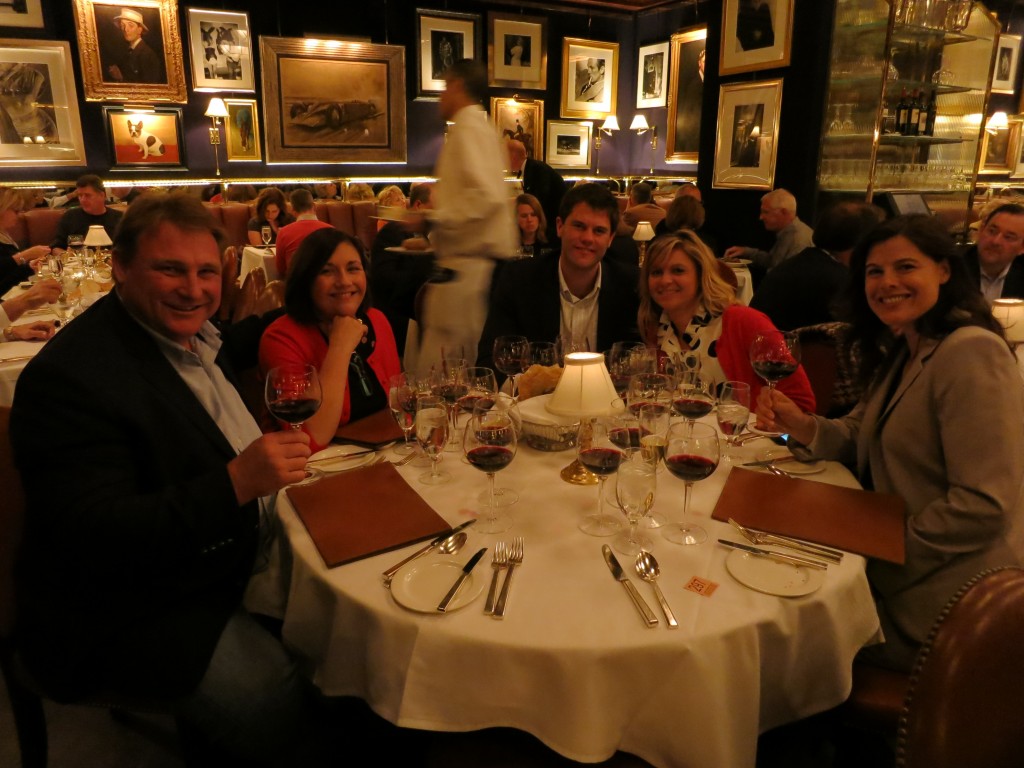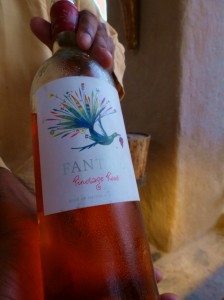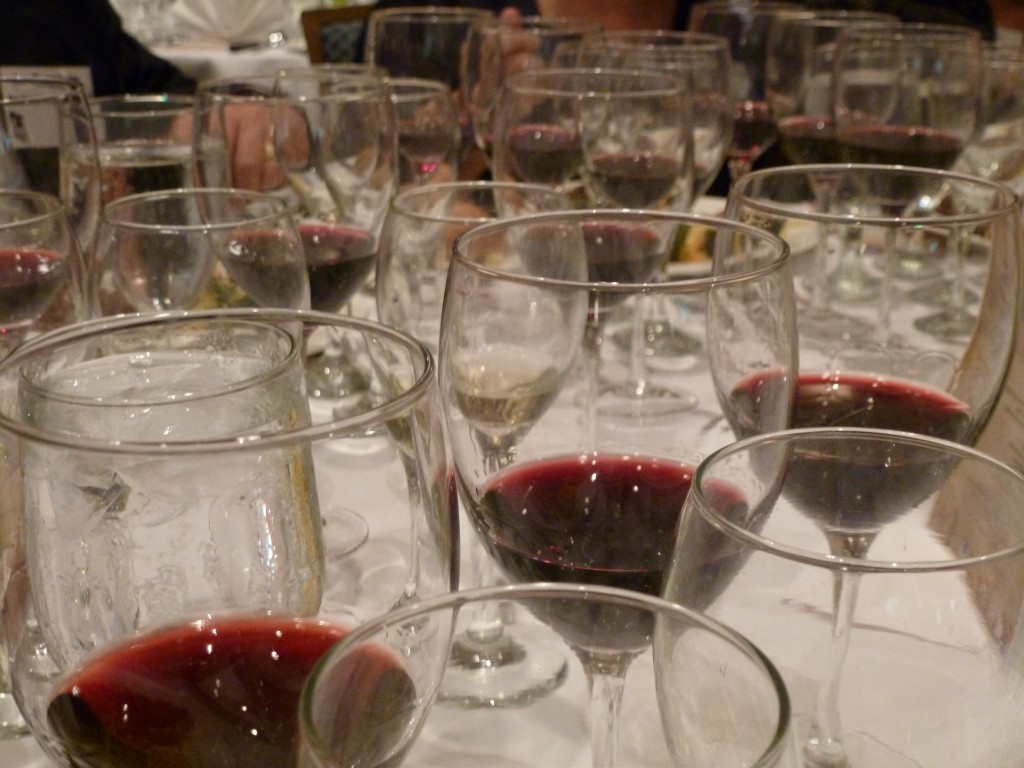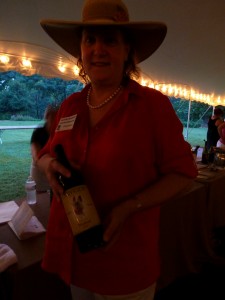Dinner With Jean
Although South Africa‘s wine industry dates back to the 17th century, like America’s, it encountered some trouble in the 20th. Not Prohibition, but trade embargoes enacted because of apartheid. Vintners didn’t stop producing wine, but they stopped being able to sell it on the international market. When the trade sanctions were lifted in the 1990s, wineries faced an unexpected problem. Jean Engelbrecht, owner of the critically acclaimed Rust en Vrede winery, was there. We sat down to dinner recently to discuss what happened and where the South African wine industry is today.
When the trade embargoes were lifted, the international debut of South African wines did not go well, Engelbrecht admitted. “Everyone in the wine industry then had tunnel vision,” he explained, and had little sense of what was happening in the larger world of wine. South African vintners had been holding their own wine competitions, and absent any competition from abroad, they felt quite satisfied with their wines. Isolated from the rest of the world, the industry had stagnated.
After trade normalized, winemakers wasted no time in learning about wines in the rest of the world, and acclimated to the international palate in just five years or so. But the first impression had been made. South African wines initially landed on the market with a thud, which is why — even now, 20 years later — you rarely see a South African section on a wine list. Engelbrecht and his fellow vintners have worked hard to reverse that initial perception of South African wines ever since.
I asked Engelbrecht about the influence of terroir on South African wines nowadays, since as the World Atlas of Wine notes, “Not that long ago most South African wineries, no matter where, used to produce a wide range of different varietals and blends.” That trend has recently been reversing, and Engelbrecht pointed out that not only are estates planting varieties which work especially well on their property, they are drilling down yet further, siting varieties on the specific parts of the property best suited to them. This attention to matching varieties with vineyard sites, along with the improved winemaking techniques employed since the trade sanctions were lifted, has led to the development of a truly world-class wine scene in South Africa.
Fortunately, “The international market is giving a second chance” to South African winemakers, according to Engelbrecht, thanks to American tourists returning from safari vacations. After a safari, it’s common to spend time in cosmopolitan Cape Town and in the nearby Cape Winelands, just an hour away. I haven’t visited this wine country myself, alas, but I have spoken with many people who have. The historic towns and mountain-backed vineyards there seduce even the most jaded travelers I know. After drinking excellent South African wines in this remarkable landscape, travelers quite understandably want to have some more when they return home.
I also had to ask Engelbrecht about Pinotage, a signature variety of South Africa not grown on the Rust en Vrede estate. This cross of Cinsault and Pinot Noir is controversial, and my experiences with it have been mixed. Too often I find it unpleasantly meaty and smoky. My wine books tend to agree, noting that Pinotage is best sampled in blends. But Engelbrecht described the Pinotage situation with uncommon clarity, equating it with American Red Zinfandel. “You won’t find Red Zinfandel outside the U.S.; it’s made for domestic consumption. The same is true of Pinotage,” he asserted. And just like Red Zinfandel, Pinotage is easy to screw up. “If you have a Helen Turley making the Zinfandel, that’s one thing,” he continued, but in the hands of inexpert winemakers, both Zinfandel and Pinotage can easily become unbalanced.
If you’re looking for a signature South African varietal but don’t want to risk a bottle of Pinotage — and Pinotage is a risk — I recommend picking up a Chenin Blanc instead. This white variety has a checkered past as well, but nowadays it’s not difficult to find beautiful and well-priced expressions of Chenin Blanc. In this excellent article on Chenin in the Wall Street Journal, Lettie Teague recommends Mulderbosch Vineyards and A.A. Badenhorst Secateurs, and I recently tasted a very fine Chenin by Protea, described here.
But this evening, we had gathered to taste some serious South African reds. Would they confirm that the South African wine industry had really turned a corner and now produced wines that could compete with the best from anywhere? I looked forward to finding out.









